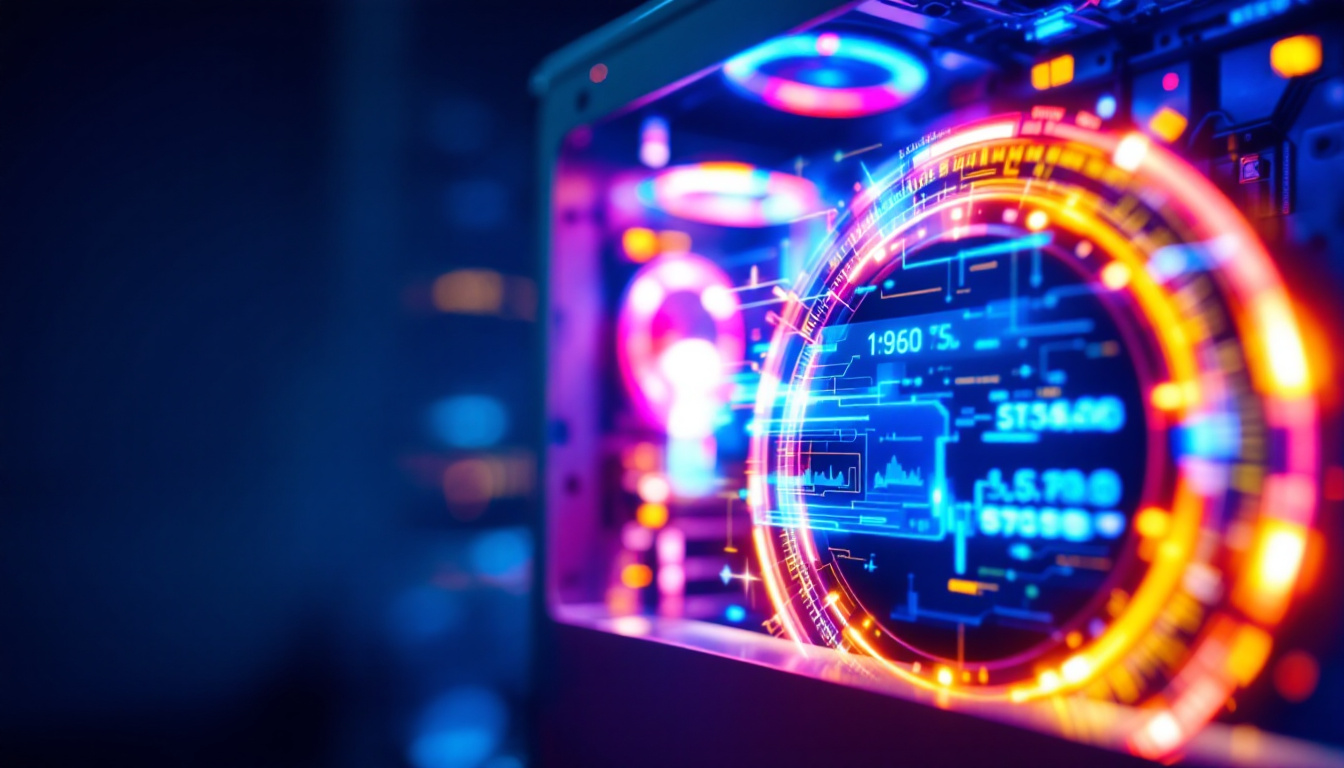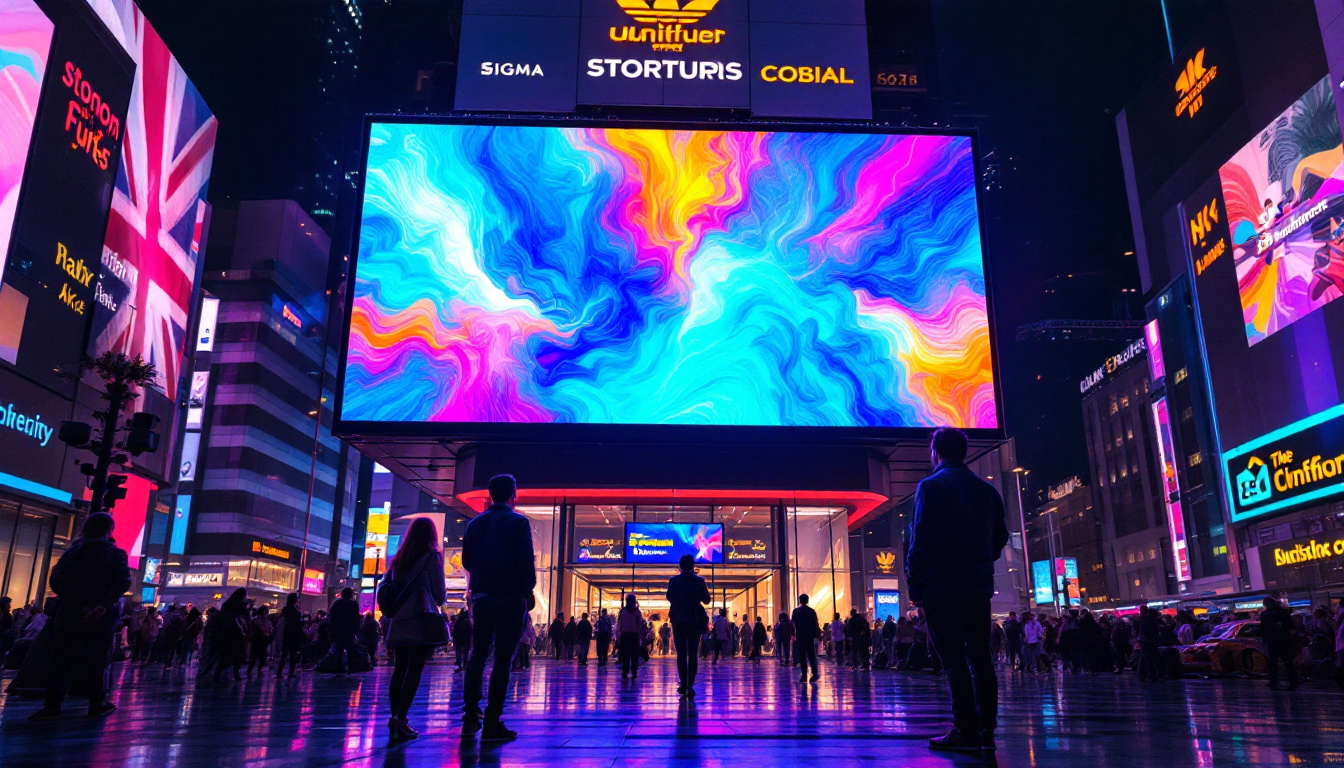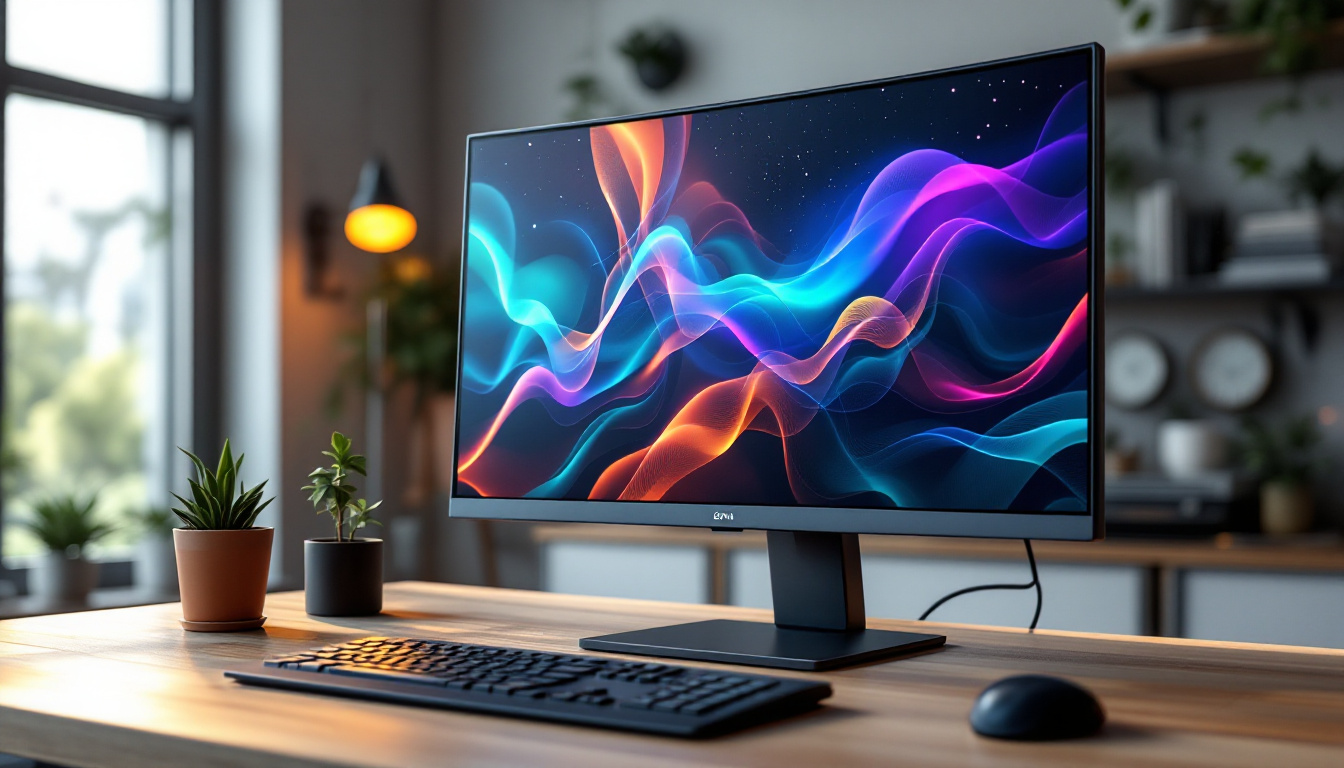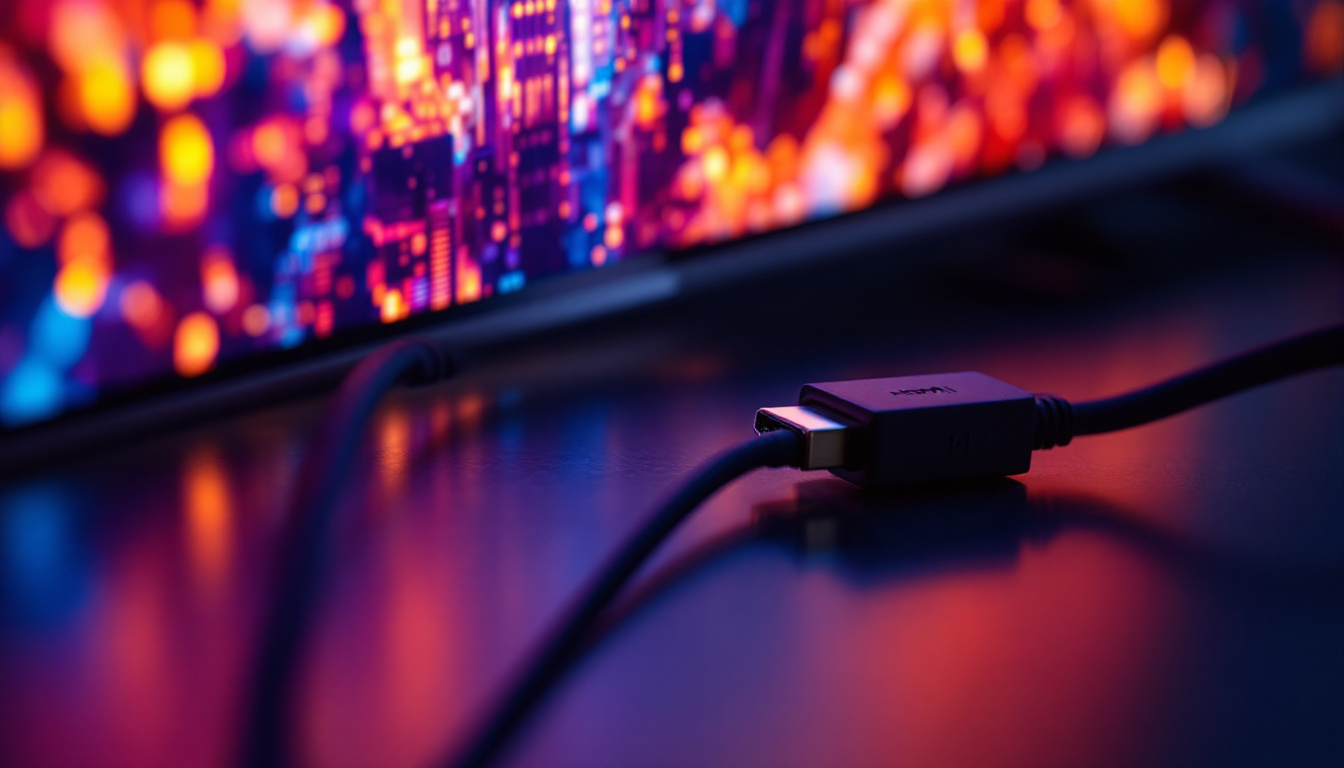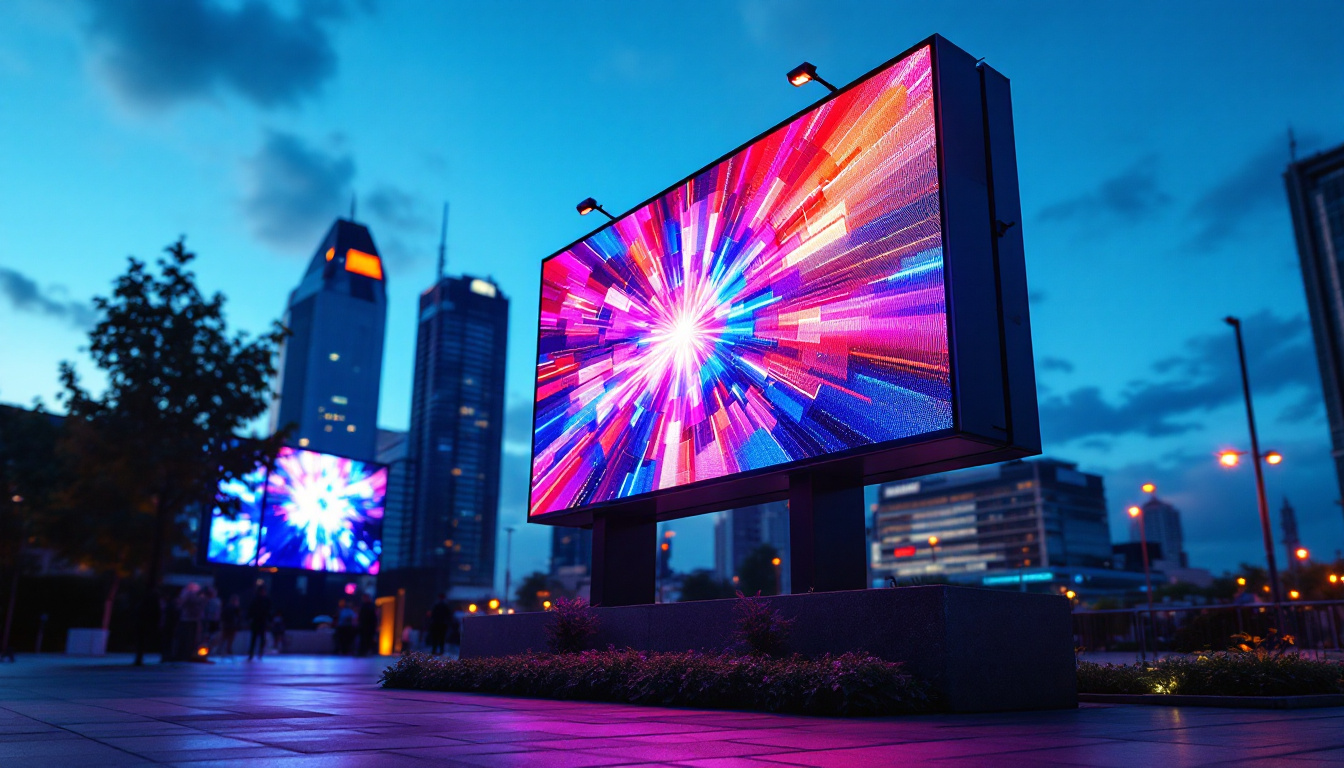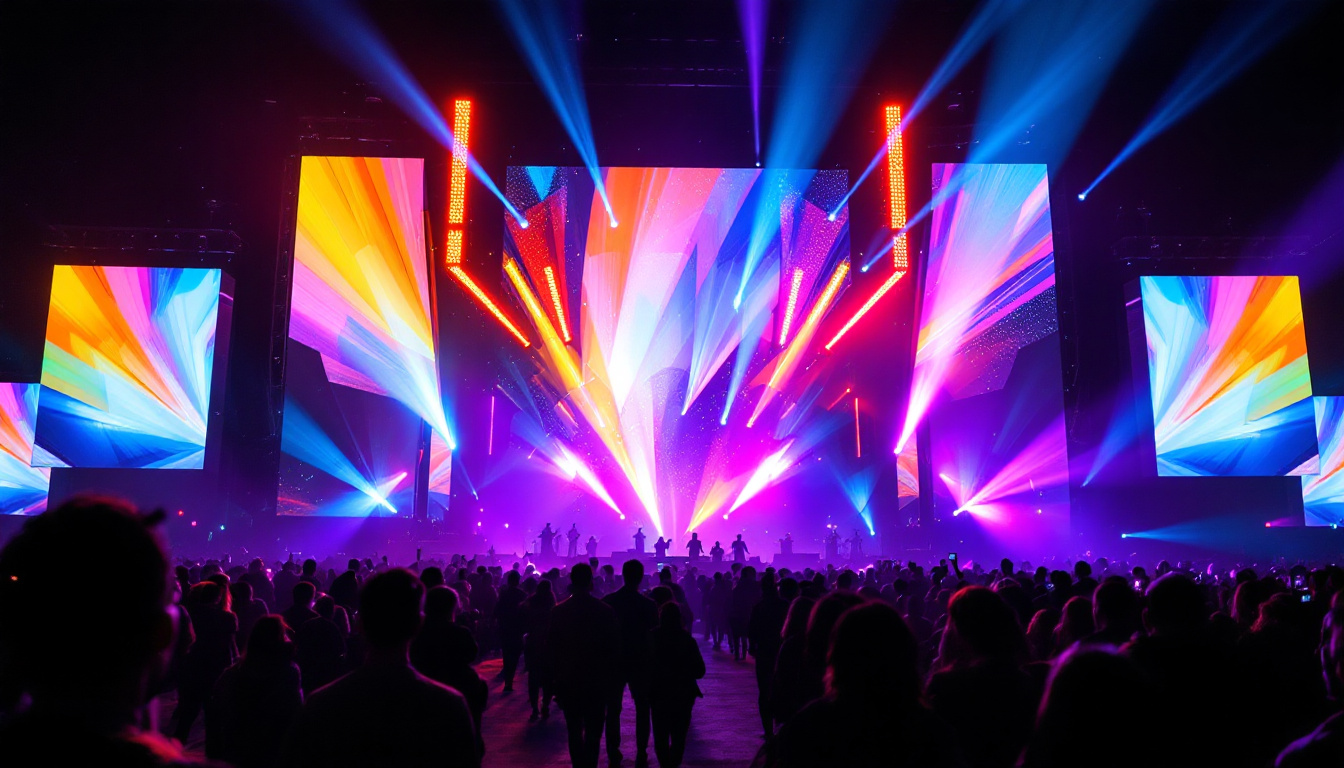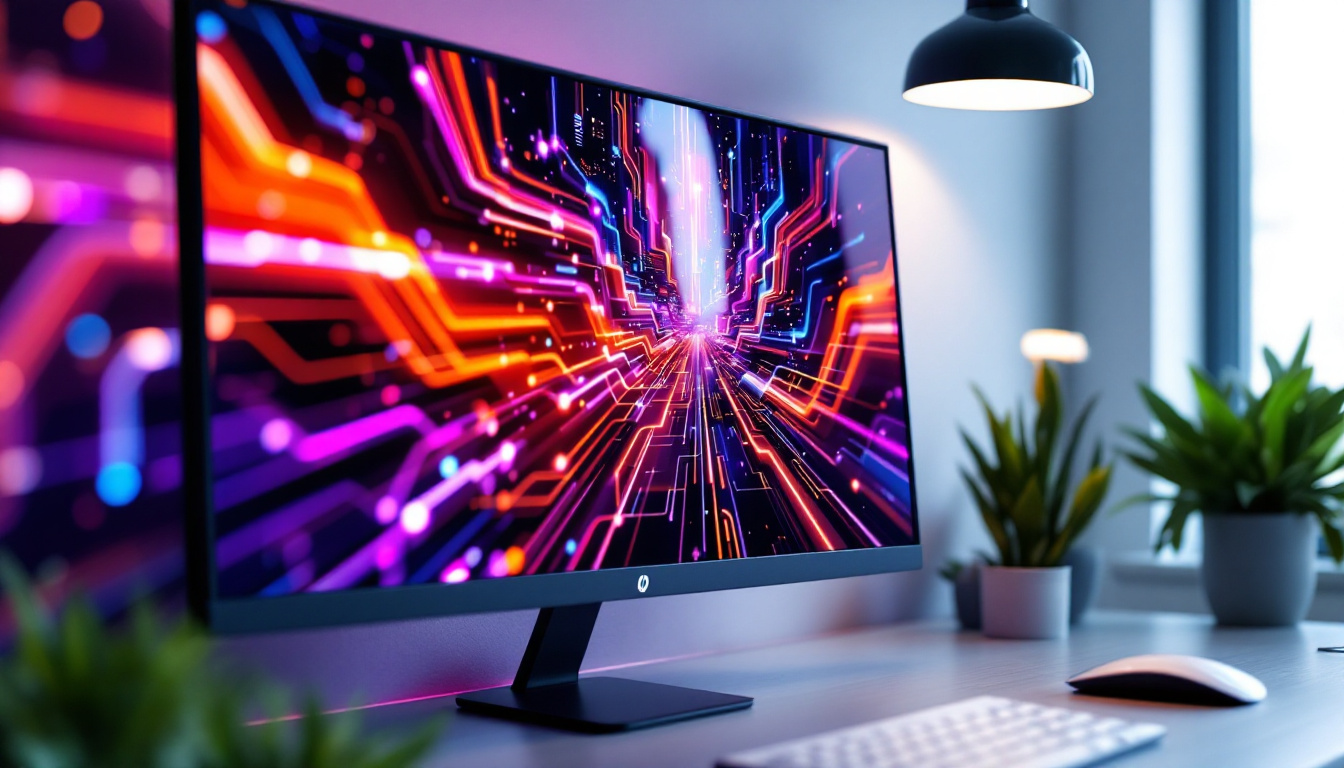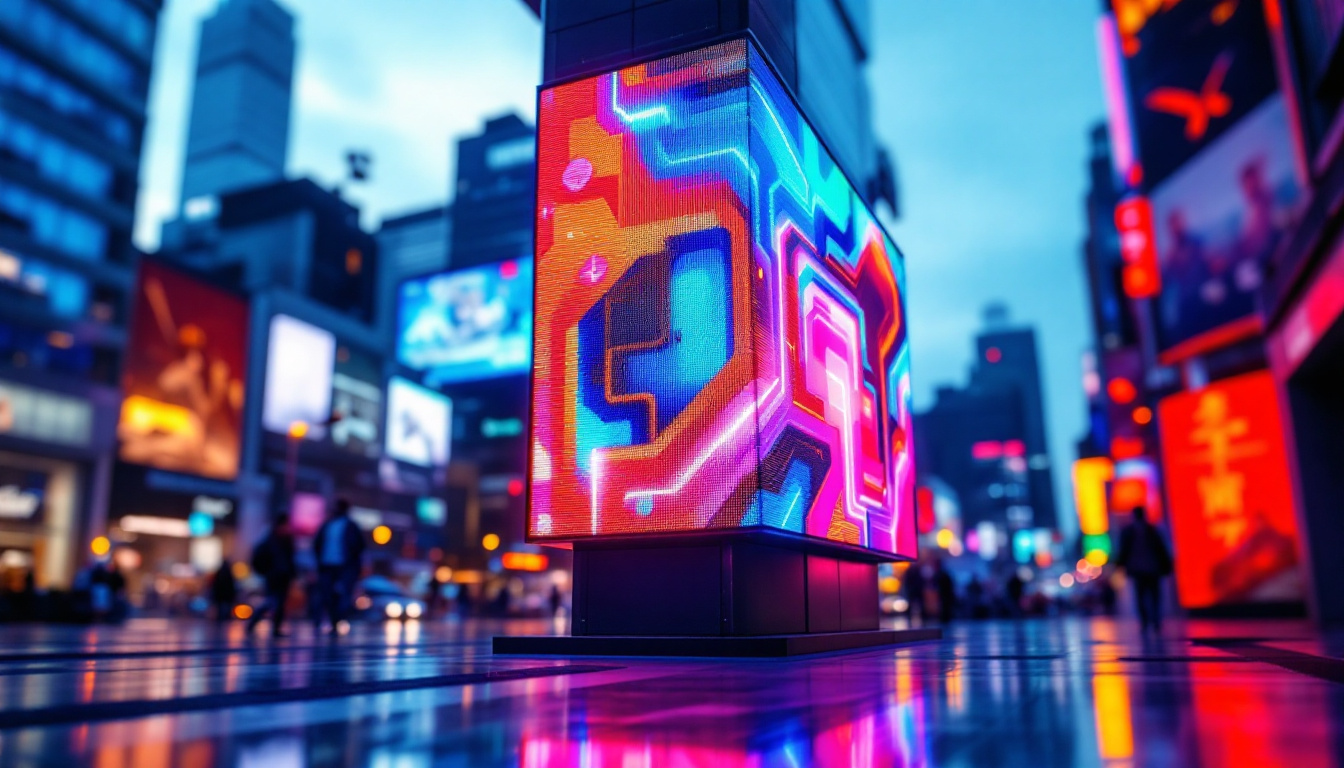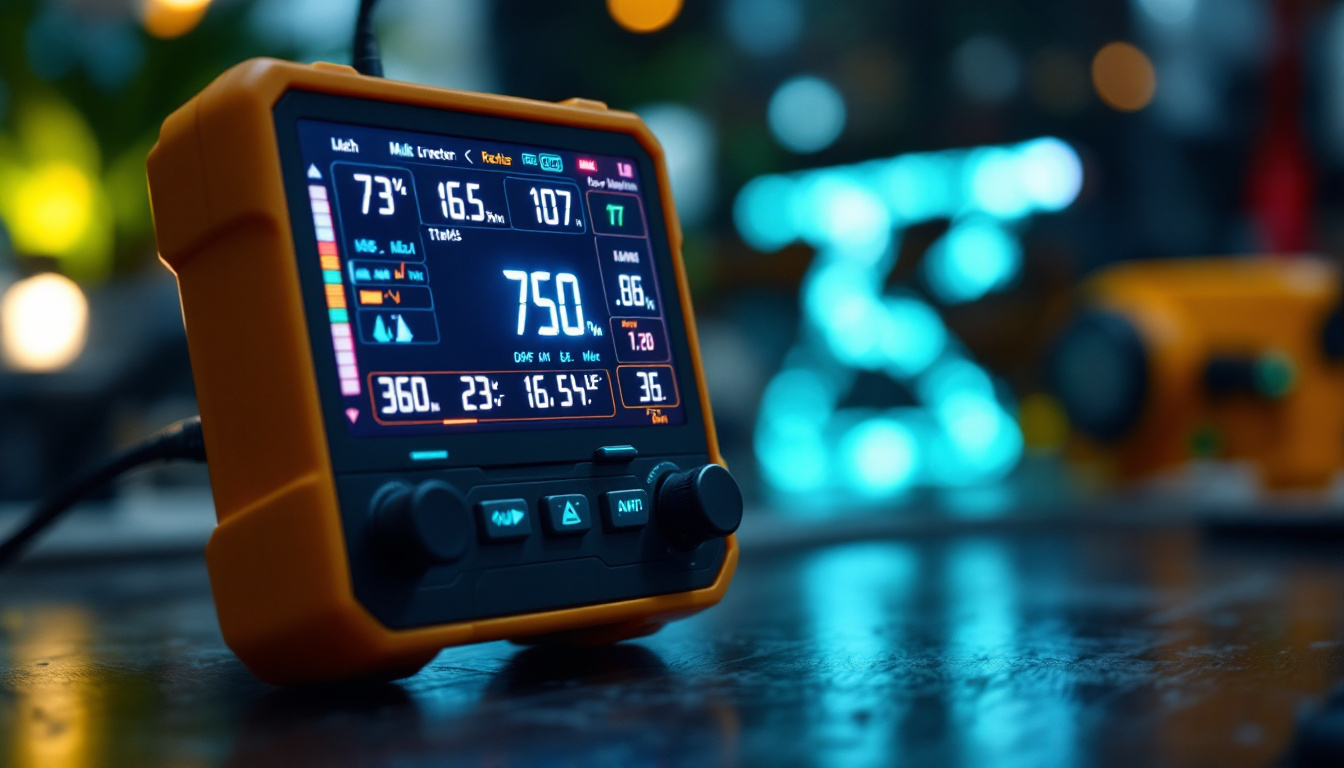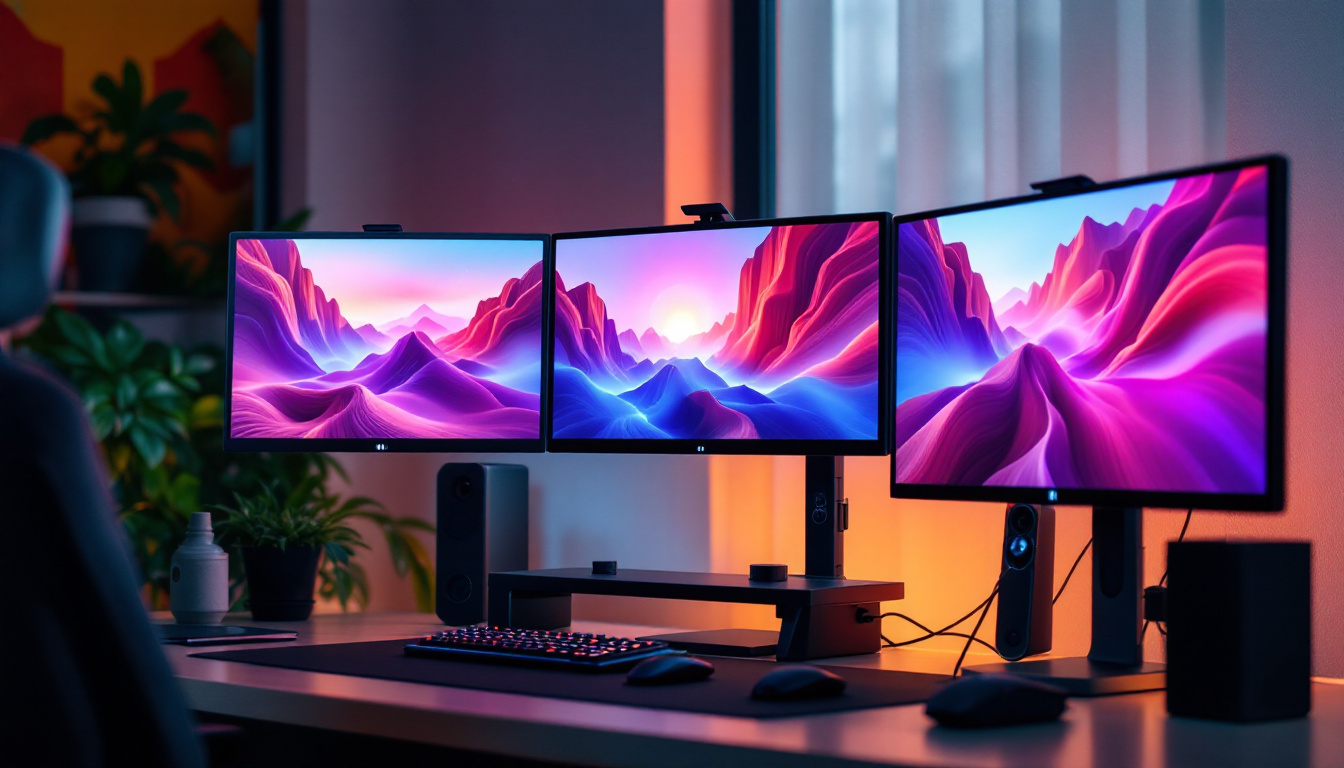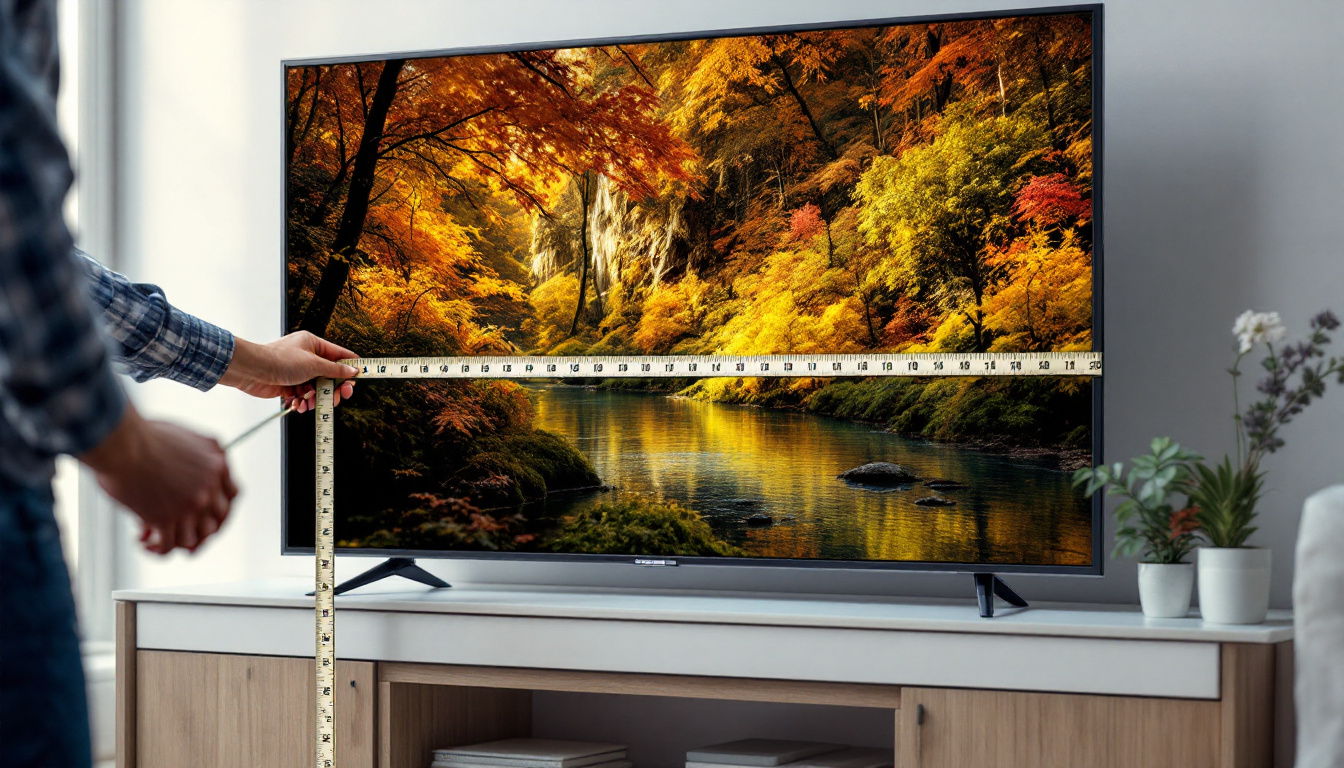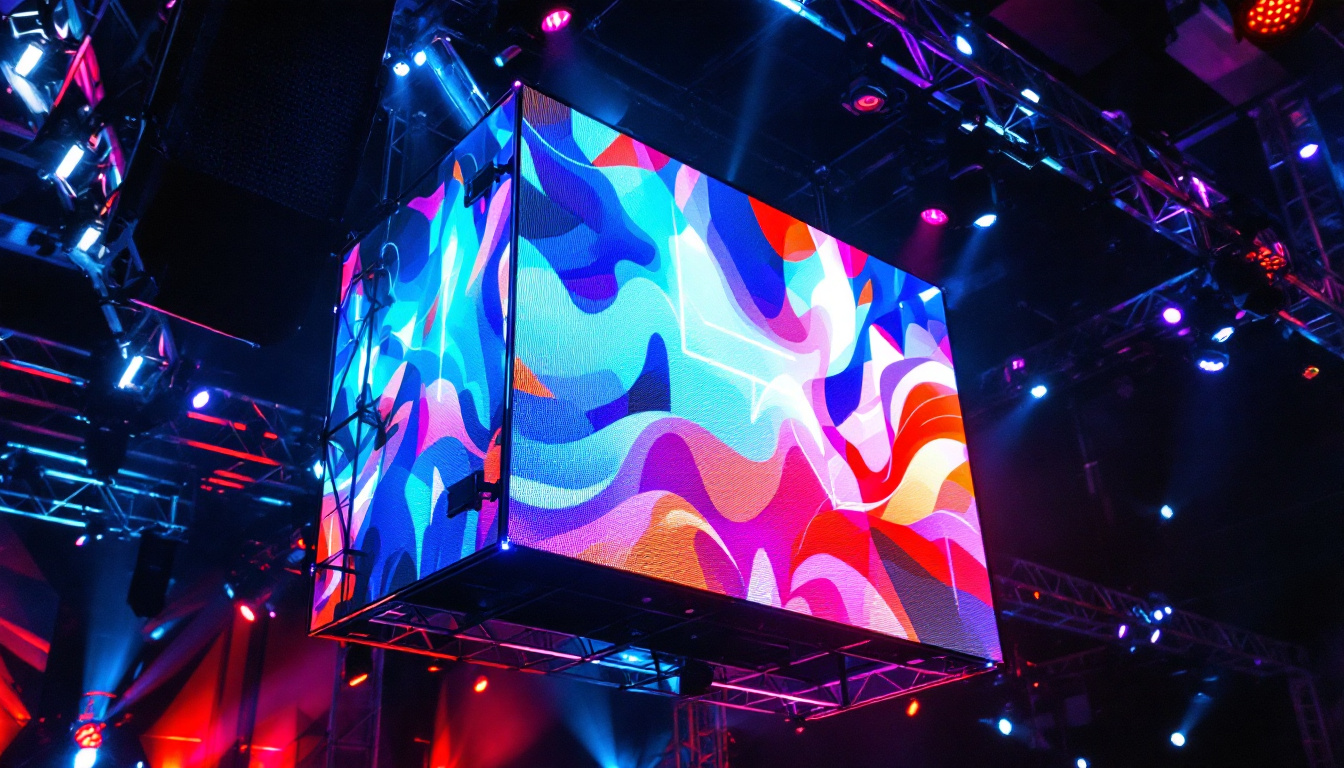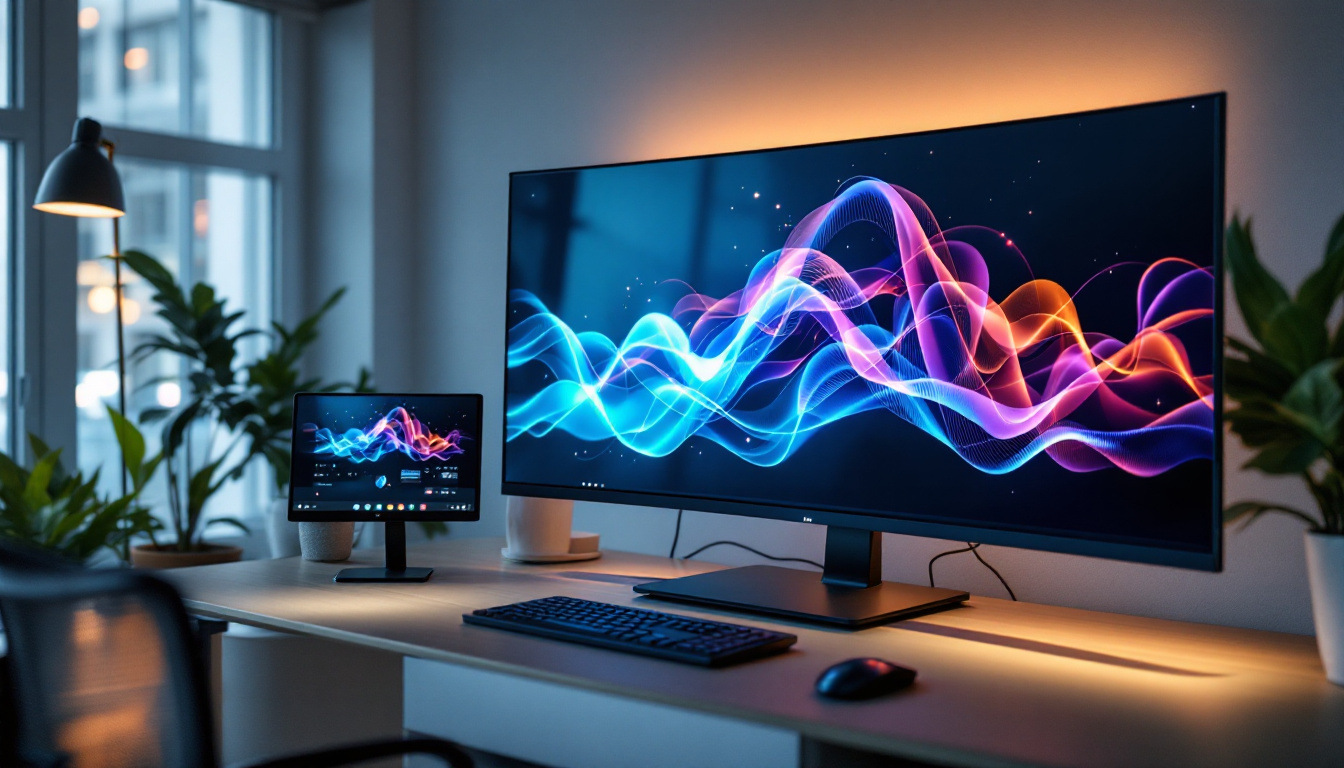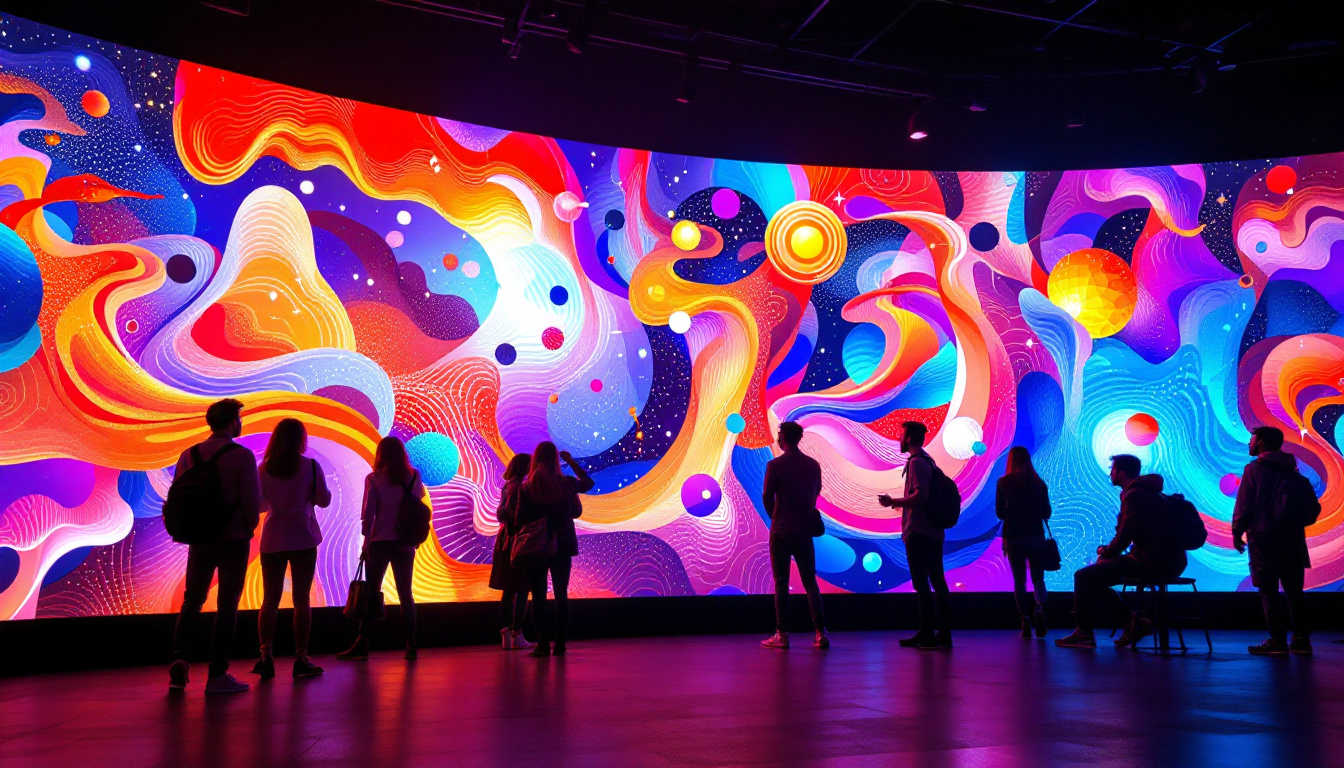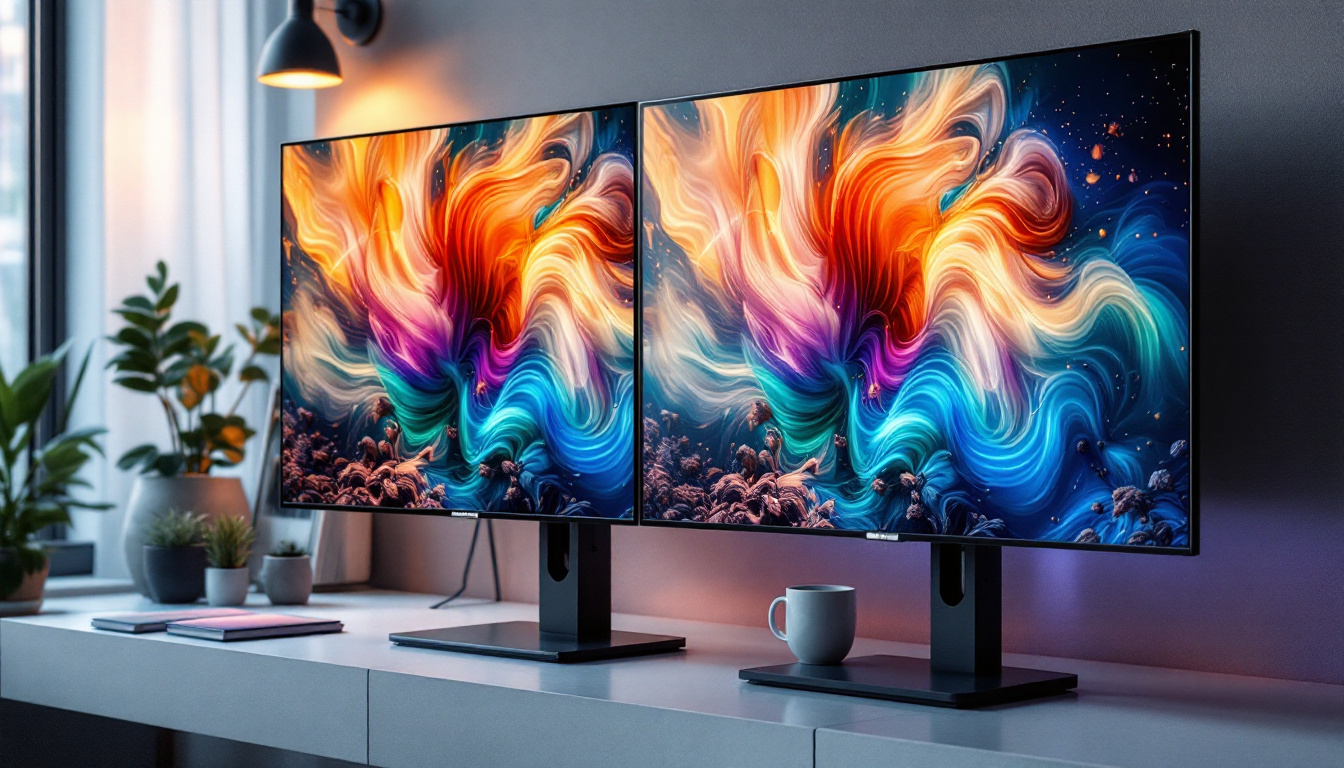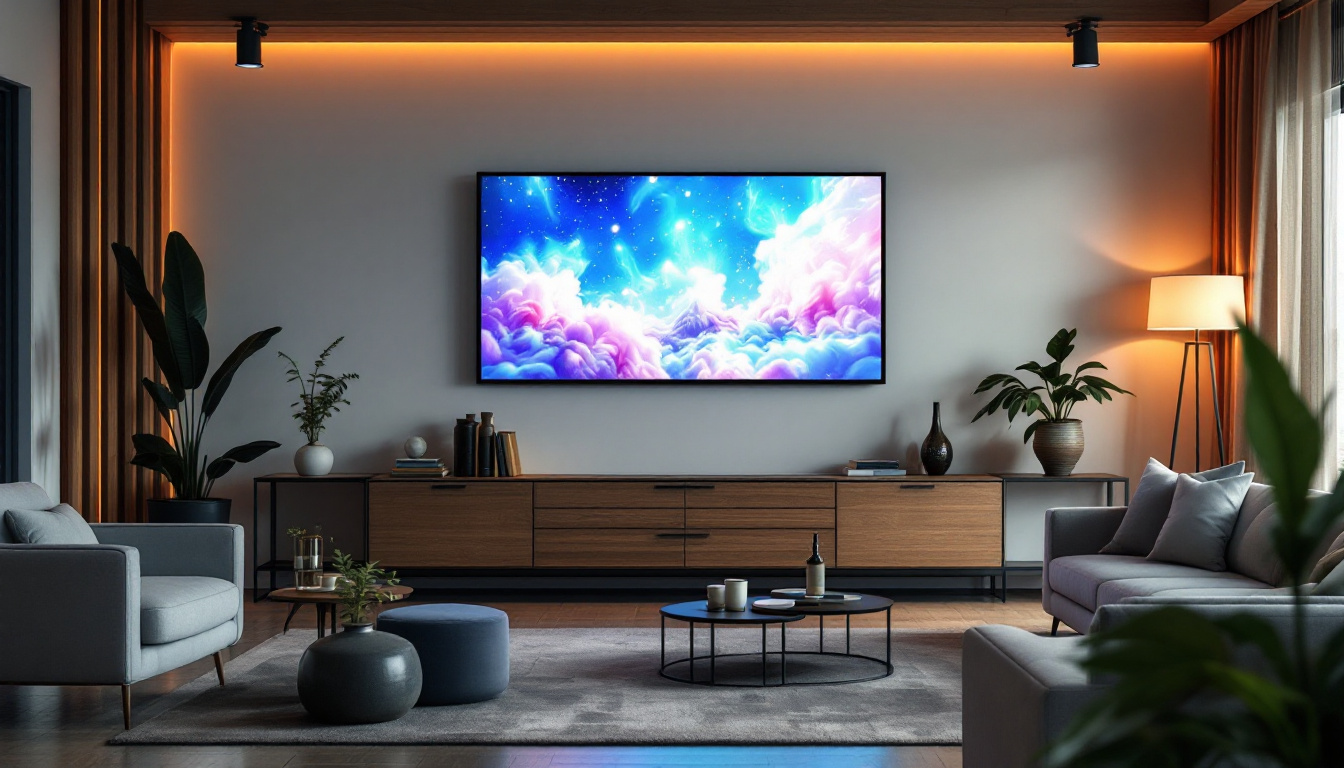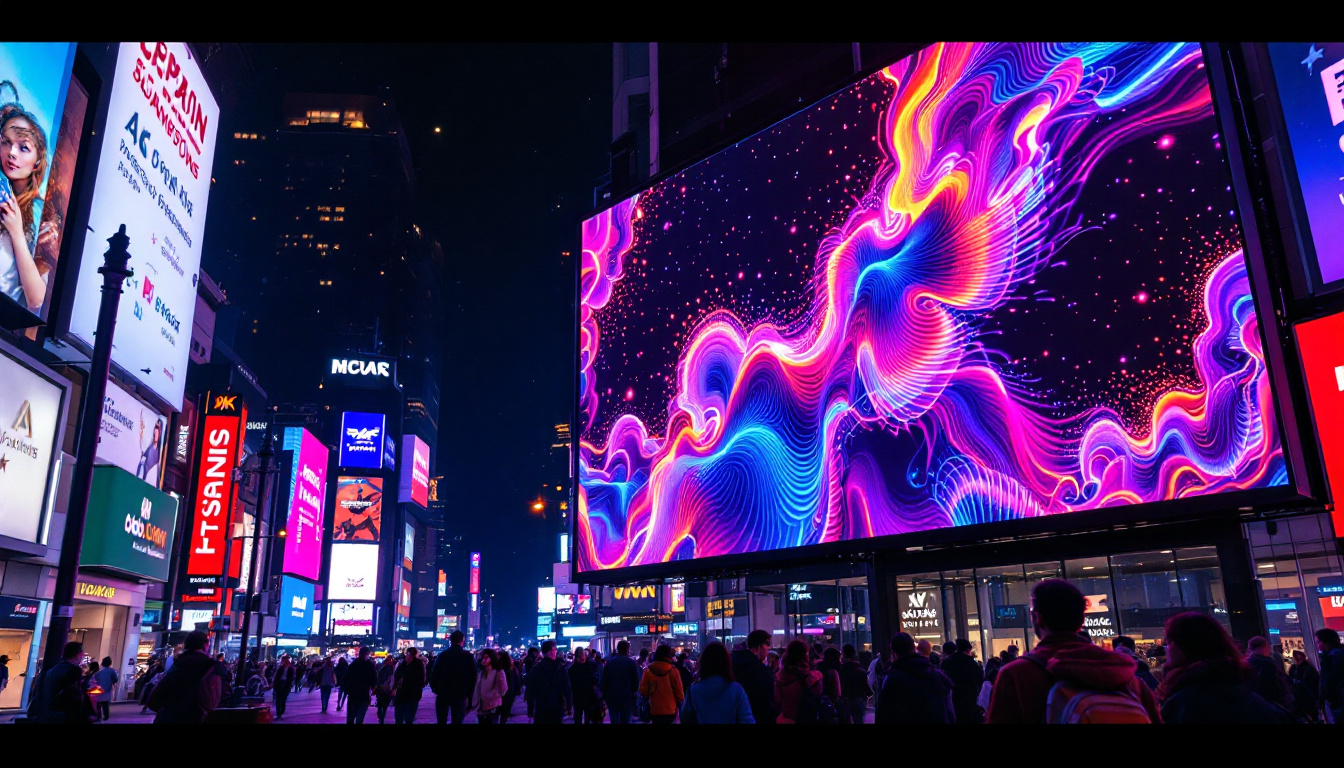Computer Case With LED Screen: LED Display Explained
In the world of computer hardware, aesthetics and functionality often go hand in hand. One of the most intriguing innovations in recent years is the inclusion of LED screens in computer cases. These displays not only enhance the visual appeal of a setup but also serve practical purposes. This article delves into the various aspects of computer cases with LED screens, exploring their benefits, functionalities, and the technology behind them.
Understanding LED Displays in Computer Cases
LED displays in computer cases have become increasingly popular among gamers, tech enthusiasts, and professionals alike. These screens can showcase a variety of information, from system performance metrics to custom graphics. Understanding how these displays work and their various applications can help users make informed decisions when selecting a computer case.
What is an LED Display?
LED stands for Light Emitting Diode, a technology that produces light when an electric current passes through it. In the context of computer cases, LED displays utilize this technology to present information visually. These displays can range from simple status indicators to complex screens capable of displaying high-resolution images and animations.
Typically, an LED display in a computer case is integrated into the front panel or side window. This placement allows for easy visibility while maintaining the overall design of the case. The integration of LED displays can significantly enhance the user experience by providing real-time feedback and personalization options.
Types of Information Displayed
One of the key advantages of having an LED display in a computer case is the variety of information it can present. Common uses include:
- System Performance Metrics: Users can monitor CPU temperatures, GPU usage, and fan speeds in real-time, ensuring optimal performance.
- Custom Graphics: Many cases allow users to upload their own images or animations, enabling a personalized touch to their setup.
- Notifications: Some advanced displays can show alerts for system updates, errors, or other important notifications.
This versatility makes LED displays not only a decorative feature but also a functional component that enhances the user’s interaction with their computer system.
Benefits of LED Displays in Computer Cases
The integration of LED displays in computer cases offers numerous benefits, making them a desirable feature for many users. From aesthetic enhancements to functional advantages, these displays can transform a standard computer case into a dynamic centerpiece.
Aesthetic Appeal
One of the most immediate advantages of LED displays is their aesthetic appeal. A well-designed LED display can elevate the overall look of a computer setup, adding a modern and sophisticated touch. Gamers and tech enthusiasts often seek to create visually striking rigs, and LED displays can contribute significantly to this goal.
Moreover, many LED displays offer customizable lighting options, allowing users to match the colors and animations to their personal style or the theme of their setup. This level of customization can make a computer case stand out in a crowded market, enhancing its desirability.
Real-Time Monitoring
Another significant benefit of LED displays is the ability to monitor system performance in real-time. For gamers and professionals who rely on high-performance computing, having immediate access to performance metrics can be crucial. Users can quickly identify issues such as overheating or resource bottlenecks, allowing them to take corrective action before problems escalate.
This feature is especially valuable during intense gaming sessions or resource-heavy tasks, where maintaining optimal performance is essential. real-time monitoring through an LED display can help users fine-tune their systems for the best possible experience.
Enhanced User Interaction
LED displays can also enhance user interaction with the computer. By providing visual feedback on various system parameters, users can engage more deeply with their hardware. Whether it’s adjusting fan speeds based on temperature readings or customizing graphics to reflect their mood, LED displays create a more interactive experience.
This level of engagement can lead to a greater appreciation for the technology and a deeper understanding of system performance, which is particularly beneficial for those looking to learn more about computer hardware.
Choosing the Right Computer Case with LED Display
When considering a computer case with an LED display, several factors should be taken into account. The right choice will depend on individual needs, preferences, and the intended use of the computer.
Size and Compatibility
First and foremost, users should consider the size of the case and its compatibility with existing components. Computer cases come in various sizes, including ATX, Micro-ATX, and Mini-ITX. It’s essential to ensure that the chosen case can accommodate the motherboard, graphics card, and cooling systems without compromising airflow or accessibility.
Additionally, the placement of the LED display should be considered. Whether it’s located on the front panel or side window, users should ensure that it is easily visible and accessible for interaction.
Display Quality and Features
The quality of the LED display itself is another critical factor. Users should look for cases that offer high-resolution displays with vibrant colors and good viewing angles. Some displays may also feature customizable settings, allowing users to adjust brightness, contrast, and color profiles to suit their preferences.
Moreover, additional features such as touch sensitivity or programmable animations can enhance the overall experience. Users should assess their needs and choose a case that offers the right balance of functionality and aesthetics.
Budget Considerations
Finally, budget plays a significant role in the decision-making process. Computer cases with LED displays can vary widely in price, depending on the brand, features, and build quality. It’s essential for users to set a budget and explore options within that range, ensuring they get the best value for their investment.
While it may be tempting to opt for the most feature-rich case, it’s crucial to prioritize needs and preferences to avoid overspending on unnecessary features.
Installation and Setup
Once a suitable computer case with an LED display has been selected, the next step is installation. While the process can be straightforward, it requires careful attention to detail to ensure everything functions correctly.
Preparing for Installation
Before beginning the installation, users should gather all necessary tools and components. This typically includes a screwdriver, the computer case, the motherboard, power supply, storage drives, and any additional components such as graphics cards or cooling systems.
It’s also advisable to read the manual that comes with the case, as it often contains specific instructions and diagrams that can simplify the process. Familiarizing oneself with the layout of the case and the placement of the LED display will help streamline the installation.
Installing Components
The installation process generally begins with mounting the motherboard. This involves aligning it with the standoffs in the case and securing it with screws. Following this, users can install the power supply, storage drives, and any additional components.
When it comes to connecting the LED display, users should refer to the manual for specific wiring instructions. Most cases will have a dedicated connector for the LED display, which should be plugged into the appropriate header on the motherboard. Ensuring proper connections is crucial for the display to function correctly.
Testing the Setup
After all components are installed, it’s essential to test the setup before closing the case. Users should power on the computer and check that all components, including the LED display, are functioning as expected. This step allows for troubleshooting any issues that may arise before the case is fully assembled.
Once confirmed that everything is working correctly, users can close the case and secure it with screws. The final step is to customize the LED display settings, adjusting brightness, colors, and any animations to suit personal preferences.
Future Trends in LED Displays for Computer Cases
As technology continues to evolve, so too do the possibilities for LED displays in computer cases. Several trends are emerging that may shape the future of this feature, enhancing both functionality and aesthetics.
Increased Customization Options
One of the most exciting trends is the increasing customization options available to users. Future LED displays may offer even more advanced features, allowing for greater personalization of graphics and animations. This could include dynamic wallpapers that change based on system performance or user preferences.
Moreover, as software development progresses, users may have access to more sophisticated tools for creating custom graphics, enabling them to express their individuality through their computer cases.
Integration with Smart Technology
Another trend is the potential integration of LED displays with smart technology. Imagine a computer case that can communicate with other smart devices in your home, displaying notifications or alerts from your smartphone or smart home system. This level of integration could create a more cohesive and connected user experience.
Such advancements could also lead to enhanced monitoring capabilities, allowing users to receive alerts about system performance or potential issues directly on their LED displays.
Improved Energy Efficiency
As environmental concerns continue to grow, energy efficiency is becoming a priority in technology design. Future LED displays may utilize more energy-efficient technologies, reducing power consumption while maintaining high-quality visuals. This shift not only benefits the environment but also helps users save on energy costs.
Overall, the future of LED displays in computer cases looks promising, with numerous opportunities for innovation and enhancement.
Conclusion
Computer cases with LED displays represent a fascinating intersection of technology and design. They offer users a unique blend of aesthetic appeal and functional benefits, making them a popular choice for a wide range of computer builds. As technology continues to evolve, the possibilities for LED displays are expanding, promising even more exciting features and enhancements in the future.
When choosing a computer case with an LED display, it’s essential to consider factors such as size, compatibility, display quality, and budget. With careful selection and installation, users can enjoy the advantages of real-time monitoring, enhanced aesthetics, and greater interaction with their systems. As trends continue to develop, the integration of LED displays will likely become even more sophisticated, further enriching the user experience.
Explore Cutting-Edge LED Display Solutions
Ready to take your computer build to the next level with a visually stunning and functionally superior LED display? LumenMatrix is at the forefront of LED display technology, offering a wide array of solutions to elevate your setup. From Indoor and Outdoor LED Wall Displays to innovative options like Vehicle, Sports, and Floor LED Displays, LumenMatrix has the perfect solution to bring your vision to life. Embrace the future of visual communication and create an immersive experience with our Custom, All-in-One, and Transparent LED Displays. Check out LumenMatrix LED Display Solutions today and transform the way you interact with your computer system.

